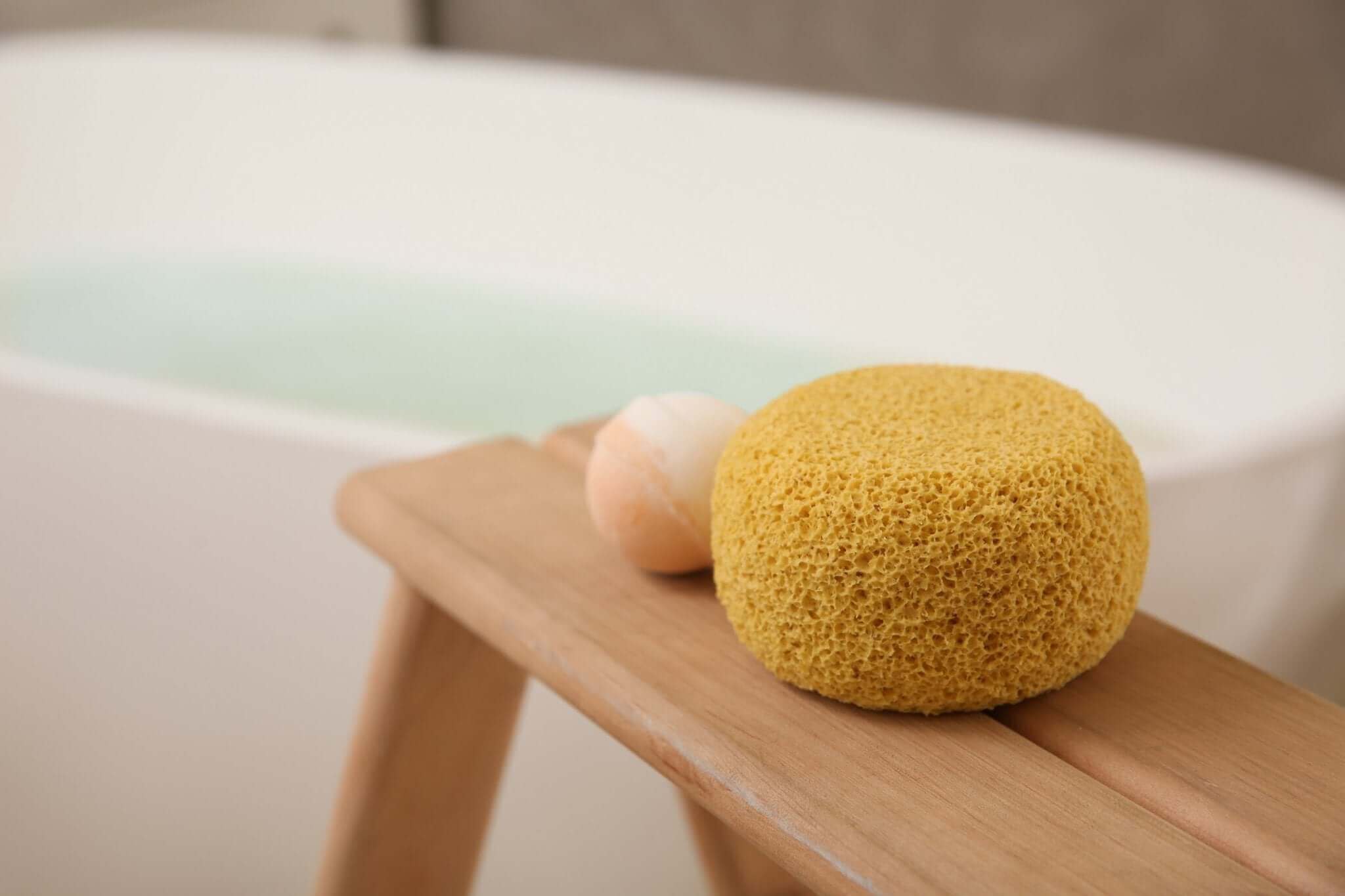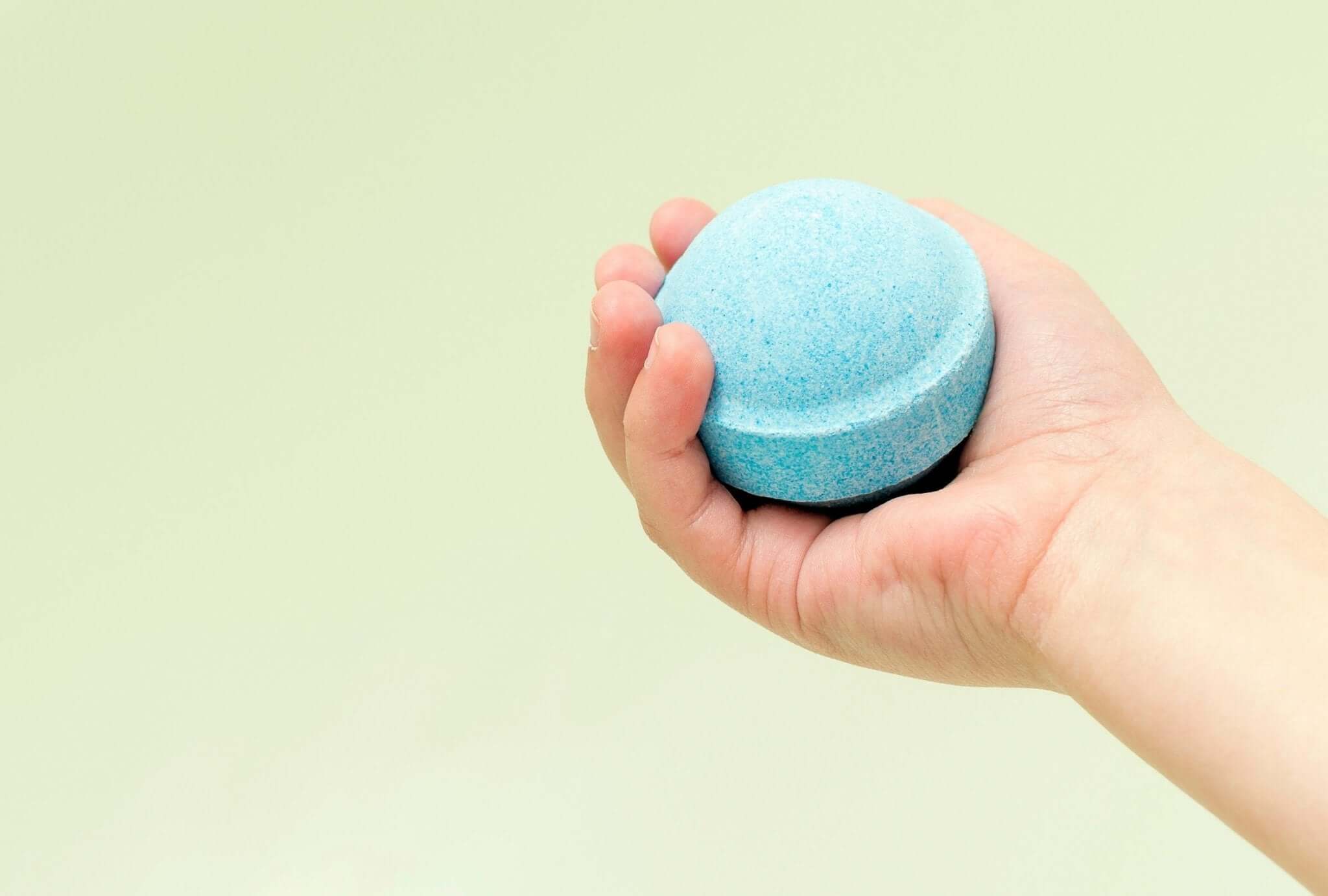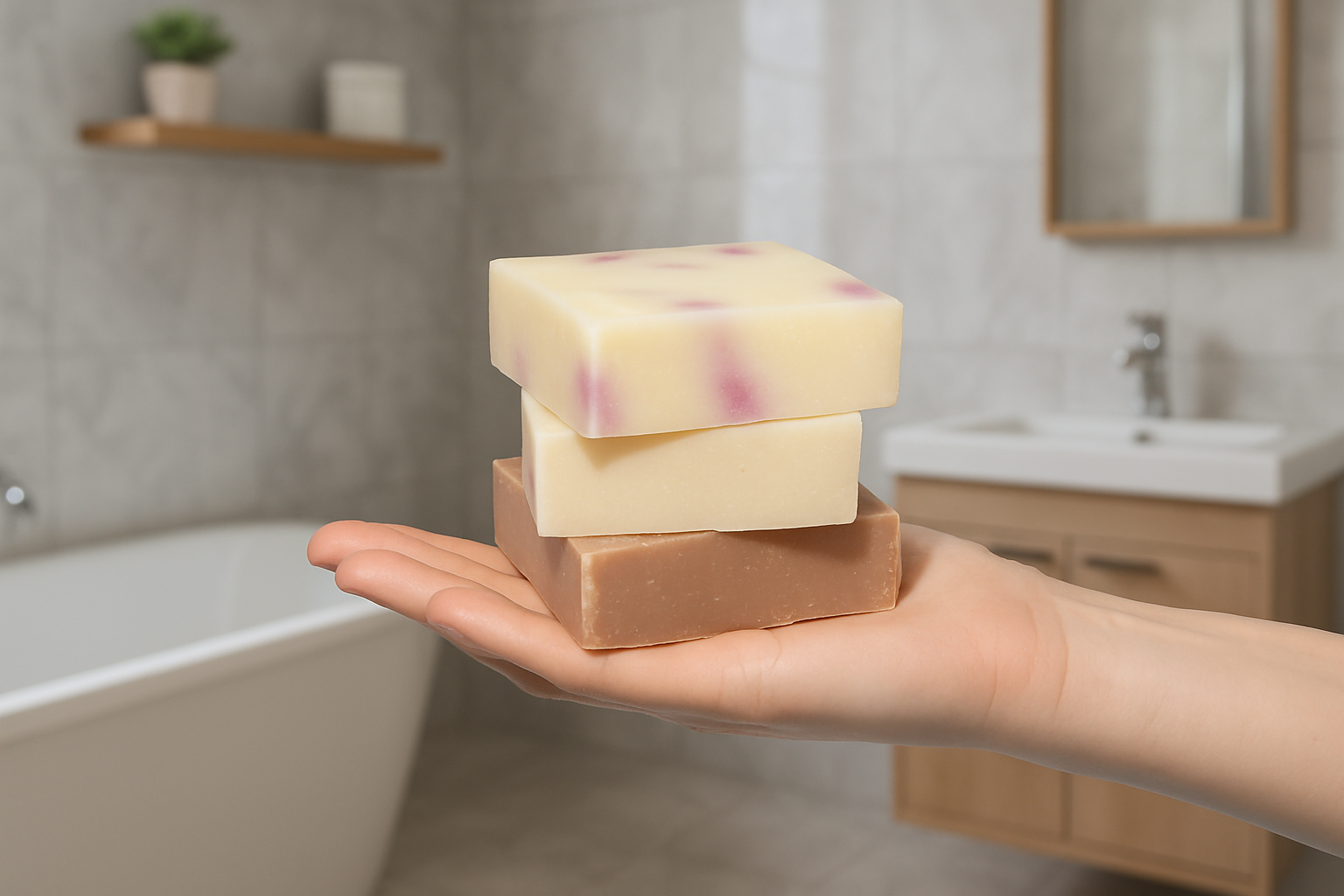Bath Bombs: Bubbly Delights or Sneaky UTI Saboteurs?

Imagine the pure joy of a relaxing bath, where you can immerse yourself in a world of tranquility. And what better way to enhance this experience than with flickering candles, tranquil melodies, and a delightful, whimsical bath bomb?
The moment you drop a vibrant bath bomb into the water, it starts fizzing and releasing captivating aromas. As you soak in the delightful spectacle, a question niggles at the back of your mind: could these effervescent marvels secretly pose a risk?
Whispers abound about bath bombs being responsible for urinary tract infections (UTIs), bacterial vaginosis (BV), and yeast infections - leaving us perplexed and a tad worried. While these balls of bliss can work wonders for our mental well-being (and rescue us from the brink of insanity after a long day), we must be mindful of their impact on our precious lady parts.
Keep calm, my fellow bath enthusiasts! Not all bath products are created equal, and after some serious detective work, we've uncovered best bath practices that will keep you free from UTIs, yeast infections, and any uninvited itchiness after a bath bomb bath. Because, let's face it, dealing with those side effects would be far from the zen-like relaxation you envisioned when you first dipped into that tub.
The Curious Case of UTIs
UTIs, also known as urinary tract infections, are caused by mischievous bacteria, led by the notorious Escherichia coli (E. coli), who love to stir up trouble in our urinary tract.
These sneaky bacteria usually reside in the gastrointestinal tract, but given the chance, they make their way into the urethra, embarking on an adventurous journey up to the bladder. It's like a microscopic version of a heist movie, but instead of stealing jewels, they're causing havoc in our urinary system.
So, how do they get there? Well, poor bathroom hygiene practices, like wiping from back to front, can unwittingly introduce these bacterial troublemakers to the urethral region. And let's not overlook the exhilarating adventures of intimacy, where bacteria can hitch a ride and join the party. Some people may have unique circumstances, such as urinary tract abnormalities or a weakened immune system, that make them more susceptible to these mischievous infections.
The UTI Myth: Do Bath Bombs Cause UTIs?
Bath bombs have often found themselves in the hot seat, accused of causing urinary tract infections (UTIs), bacterial vaginosis (BV), and yeast infections. While bath bombs are often blamed for triggering these uncomfortable infections, there is no scientific evidence to support this claim.
Now, let's dive into the heart of the matter: do bath bombs really cause UTIs? The short answer is no. However, it can be a contributory factor to irritations that can be mistaken for a UTI or a yeast infection.
It's essential to note that certain ingredients in bath bombs might cause skin irritation for some individuals. This blame is often directed at the synthetic dyes (yes, the ones responsible for those Instagram-worthy bursts of color) and fragrances (yes, the ones that make your bath smell like a slice of paradise) that are commonly used. These ingredients can make their way into your sensitive areas, wreaking havoc on the delicate balance of good and bad bacteria. This irritation can lead to itching or discomfort in the genital area, which could be mistaken for a UTI. We all know that our vaginas have a delicate pH balance, and when that harmony gets disrupted, it can lead to a host of uncomfortable and downright unpleasant problems. These sneaky chemicals can upset the natural order down there, causing inflammation and dramatically increasing the risk of infections.
But before you start weeping into your bathwater, we’ll reveal a few tips that will rescue your cherished bath time from the clutches of infection-related despair.
Safe Bath Practices: Ensuring a Relaxing Bath Without UTI Worries
Now that we've debunked the UTI myth, let's focus on enjoying our bath bombs responsibly and without worry. Here are a few tips to keep in mind:
Choose Non-Irritating Ingredients
Opt for bath bombs made from natural, skin-friendly ingredients that don’t contain irritants like talc, paraben, phthalate, heavy fragrances, dyes and glycerin.
Patch Test
If you have sensitive skin or allergies, it's a good idea to perform a patch test before using a new bath bomb. Apply a small amount of the product to a small area of your skin and wait for any adverse reactions for 24 hours.
Hygiene Matters
Before taking a bath, ensure your tub is clean and free of any residue from previous products. Rinse yourself thoroughly before and after using a bath bomb to reduce the risk of irritation.
Listen to Your Body
If you experience any discomfort or irritation during or after using a bath bomb, discontinue use and consult a healthcare professional. Remember, everyone's skin reacts differently, so it's essential to pay attention to your body's signals.
Limit Bath Time
It's important not to spend excessive amounts of time submerged in the bathwater. Prolonged exposure may increase the chances of bacteria from the surrounding area coming into contact with your lady parts. So, keep your baths reasonably timed to maintain a healthy balance.
On the hunt for V-safe bath bombs?
Now that we've uncovered the safe bath practices, it's time to embark on a hunt for vagina-safe bath bombs. When seeking out the perfect bath bomb that will treat your lady parts with utmost care, there are a few key things to keep in mind. Look for bath bombs that proudly boast natural ingredients, such as organic shea butter, essential oils and botanical extracts. These gentle and nourishing components can provide a skin-soothing experience without disrupting your delicate pH balance.

If you're not quite ready to give up on fragrances, opt for bath bombs that use phthalate-free fragrances. These formulations eliminate the worry of potential harm to your intimate areas.
It's also wise to avoid products with synthetic dyes, talc, parabens, and glycerin. And let's not forget about glitter – if you still crave that shimmer, opt for biodegradable glitter options that are safe for your skin and the environment. With a little sleuthing and a sprinkle of adventurous spirit, you'll discover bath bombs that transform your bathing routine into a delightful and vagina-safe soak show.
Our verdict?
There are very few self-care rituals that rival the tranquilizing effects of a good bath—especially when you have a sweet-smelling CBD bath bomb to accompany you. However, it's crucial to prioritize the health of our delicate areas, even amidst the allure of these fizzy delights.
To ensure a safe and enjoyable bathing experience, opt for bath bombs that embrace natural ingredients like essential oils and botanical extracts. If you're drawn to fragrances, seek out phthalate-free options. It's essential to remain mindful of the ingredients found in bath bombs, as heavy fragrances, dyes, talc, parabens, and phthalates can disrupt the fragile pH balance of our vaginas, potentially increasing the risk of infections.
Nevertheless, it's important to dispel the myth that bath bombs are direct culprits behind urinary tract infections. While certain ingredients can pose risks, the link between bath bombs and UTIs may have caused unnecessary concern. These delightful bath companions can still be a delightful addition to your self-care routine when approached with knowledge and care.
So, let's continue to embrace the joy of bathing, exploring the wonders of fragrant and colorful bath bombs while staying informed and making mindful choices. Remember, your bath time indulgence should be a celebration of relaxation and rejuvenation, while keeping the health and harmony of your body in mind.



